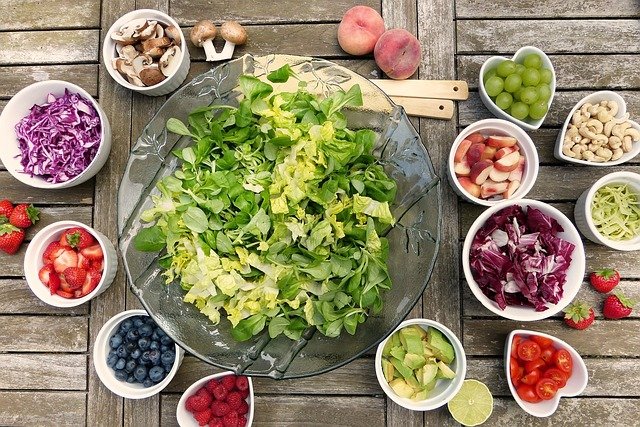As winter settles in and blankets the world in its icy grasp, it’s easy to assume that fresh, homegrown produce is a thing of the past. However, amidst the cold and frost, there is a remarkable group of vegetables known as cold weather crops that defy the odds and flourish in these inhospitable conditions. These resilient and robust champions of the garden not only survive but thrive, providing us with a vibrant and nutritious bounty during the coldest months of the year.

The beauty of cold weather crops lies in their ability to adapt and thrive in chilly temperatures. While other plants wither and retreat, these hardy vegetables embrace the winter elements, soaking up the limited daylight and transforming it into a cornucopia of flavors and nutrients. It’s a true testament to the remarkable resilience of nature and a reminder that even in the harshest of seasons, life persists.
Leafy Greens
One of the stars of the cold weather crop family is the leafy greens. Kale, with its deep green and curly leaves, stands strong against frosty kisses, remaining crisp and flavorful even when the mercury plummets. Swiss chard, with its vibrant stalks and tender leaves, adds a burst of color and earthy goodness to winter salads and stir-fries. These cold weather greens not only bring a refreshing taste to our plates but also pack a nutritional punch, loaded with vitamins A, C, and K, as well as essential minerals like iron and calcium.

Another group of cold weather crops that deserve our attention is the root vegetables. Radiant and earthy, they patiently grow beneath the frozen soil, developing their distinct flavors and textures. Take the humble beet, for example, with its vibrant hues ranging from deep red to golden yellow. Roasted, steamed, or shredded raw, beets lend a unique sweetness and earthiness to our winter dishes. And who could forget the satisfying crunch of a radish? These peppery gems add a refreshing bite to salads and sandwiches, bringing a burst of color and flavor to the winter table.
Embracing the abundance of cold weather crops opens up a world of culinary possibilities. Roasted root vegetable medleys, hearty vegetable soups, comforting gratins, and warming vegetable curries are just a few examples of the delicious creations that can be enjoyed during the winter months. These vegetables not only offer flavor but also provide essential nutrients, helping to fortify our bodies against the harshness of the season.
Practical Benefits
While cold weather crops bring delight to our taste buds, they also offer practical benefits for gardeners and sustainability enthusiasts. These crops require less water and are less prone to pest infestations, making them ideal choices for eco-conscious individuals. Furthermore, growing cold weather crops allows us to reduce our reliance on imported produce, supporting local farmers and promoting a more sustainable food system.
So, as winter envelopes us in its chilly embrace, let’s celebrate the hardiness and resilience of cold weather crops. They remind us that nature’s bounty knows no season, and with a little care, we can enjoy fresh flavors even in the depths of winter. Whether you’re an avid gardener or a passionate food lover, cold weather crops invite you to embrace the chill, savor the earth’s gifts, and create delicious meals that nourish both body and soul.
